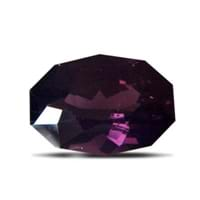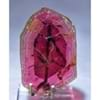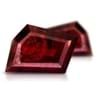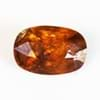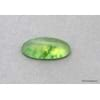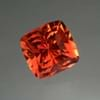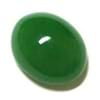Hexagonite Vs Ceylonite
Color
Red, Violet
Red, Blue, Green, Brown, Black
Streak
Not Available
White
For which Rashi?
Not Available
Not Available
Planet
Not Available
Not Available
Element of Planets
Not Available
Not Available
Energy
Not Available
Not Available
Finger
Not Available
Not Available
Ring Metal
Not Available
Not Available
Deities
Not Available
Not Available
Not to wear with
Not Available
Not Available
Powers
Not Available
Not Available
Planetary
Not Available
Not Available
Talisman
Not Available
Not Available
Tenacity
Brittle
Not Available
Solubility
Not Available
Not Available
Durability
Not Available
Not Available
Specific Gravity
2.98-3.03
3.63-3.9
Fracture
Uneven
Conchoidal, Uneven
Cleavage
[110] perfect; [010] distinct
Indistinct
Chemical Composition
Ca 2Mg 5Si 8O 22(OH) 2Ulrich Henn and Claudio C.
(Mg,Fe2+ )Al 2O 4Gemdat.org , Management Team (2012) More from other references
Pleochroism
bluish–red
Absent
Dispersion
Not Available
Not Available
Transparency
Transparent
Transparent, Translucent
Refractive Index
1.599-1.637
1.770-1.780
Optic Character
Not Available
Not Available
Crystal System
Not Available
Isometric
Birefringence
0.019-0.028
Not Available
Clarity
Transparent
Transparent
Neurological
Not Available
Not Available
Cardiovascular
Not Available
Not Available
Respiratory
Not Available
Not Available
Reproductive
Not Available
Not Available
Digestive
Not Available
Not Available
Psychology
Not Available
Not Available
Healing
Not Available
Not Available
Qualities Associated
Not Available
Not Available
Hexagonite Vs Ceylonite Fracture
Fracture is an important parameter when you compare Hexagonite and Ceylonite Physical Properties. It is necessary to understand the significance of these properties, before you compare Hexagonite Vs Ceylonite fracture. Whenever a gemstone chip breaks, it leaves a characteristic line along its breakage. Such lines are known as fracture and are used to identify the gemstones in their initial stages of production when they are in the form of rough minerals. Fracture is usually described with the terms “fibrous” and “splintery” to denote a fracture that usually leaves elongated and sharp edges. Fracture observed in Hexagonite is Uneven. Ceylonite fracture is Conchoidal and Uneven.
Hexagonite Vs Ceylonite Luster
A primary knowledge about Hexagonite vs Ceylonite luster is useful in apparent identifications of these gemstones. Luster is the measure of light that gets reflected when incident on a finished cut gemstone. There are two major types of lusters: Silky and Adamantine. Since luster varies between two crystals of even the same gemstone, luster is limited to basic identification criteria. Hexagonite exhibits Vitreous luster. Ceylonite, on other hand, exhibits Vitreous luster.

